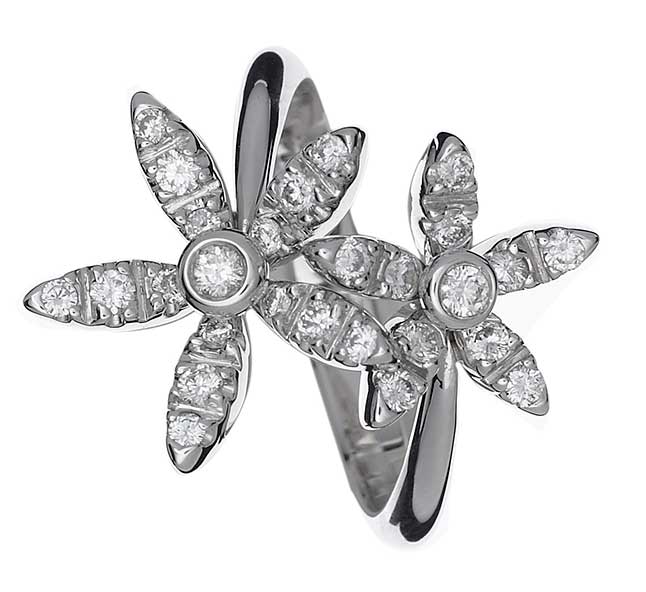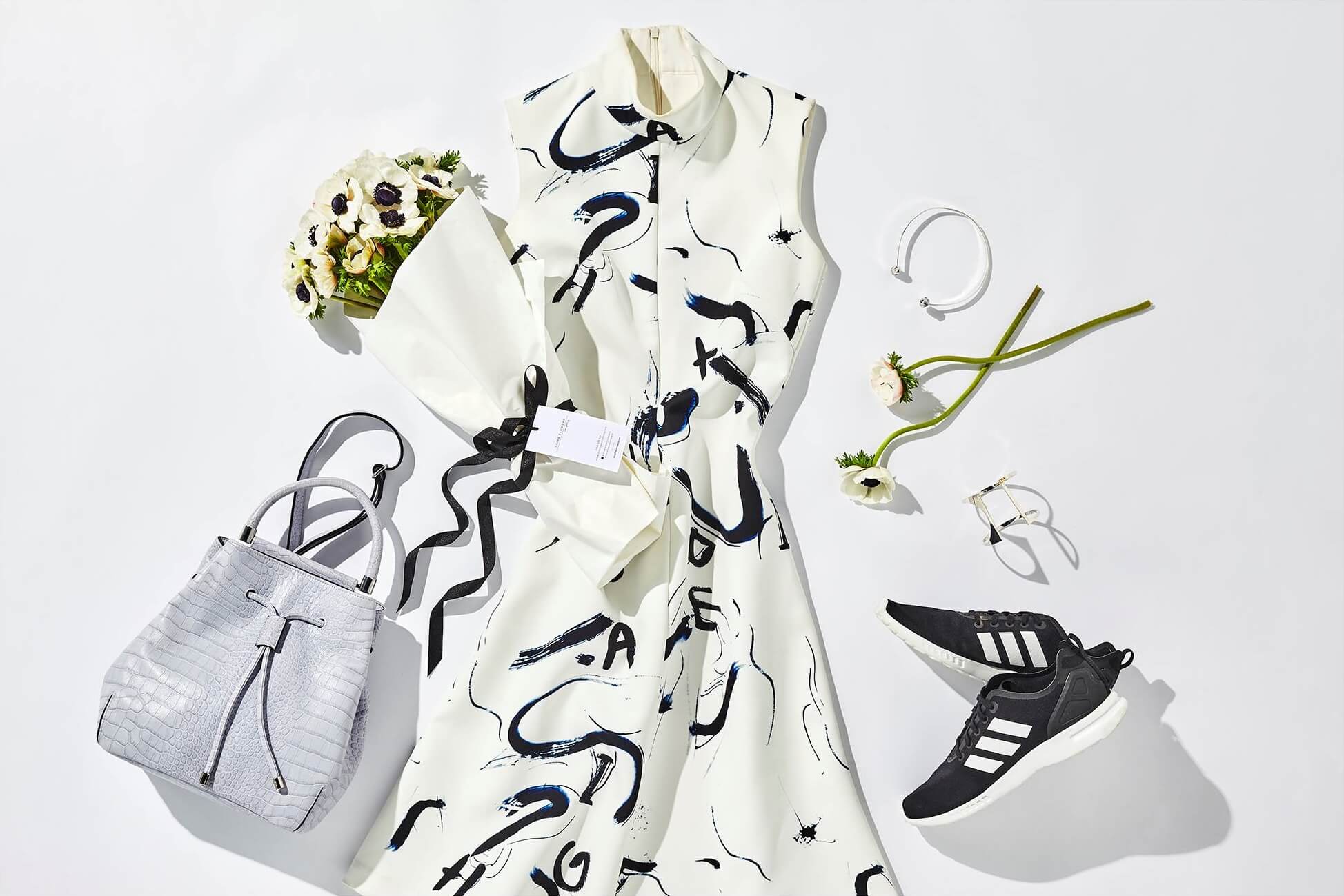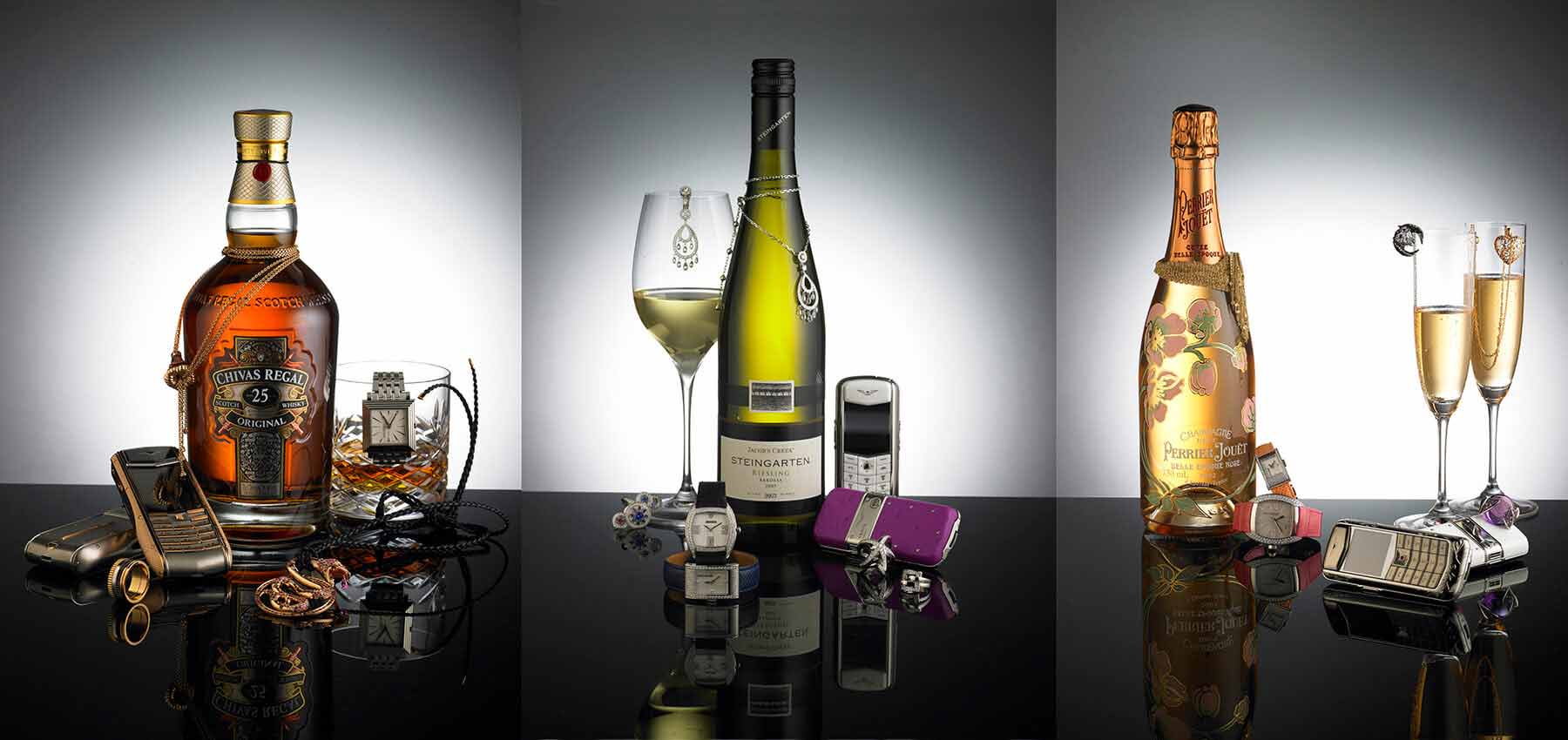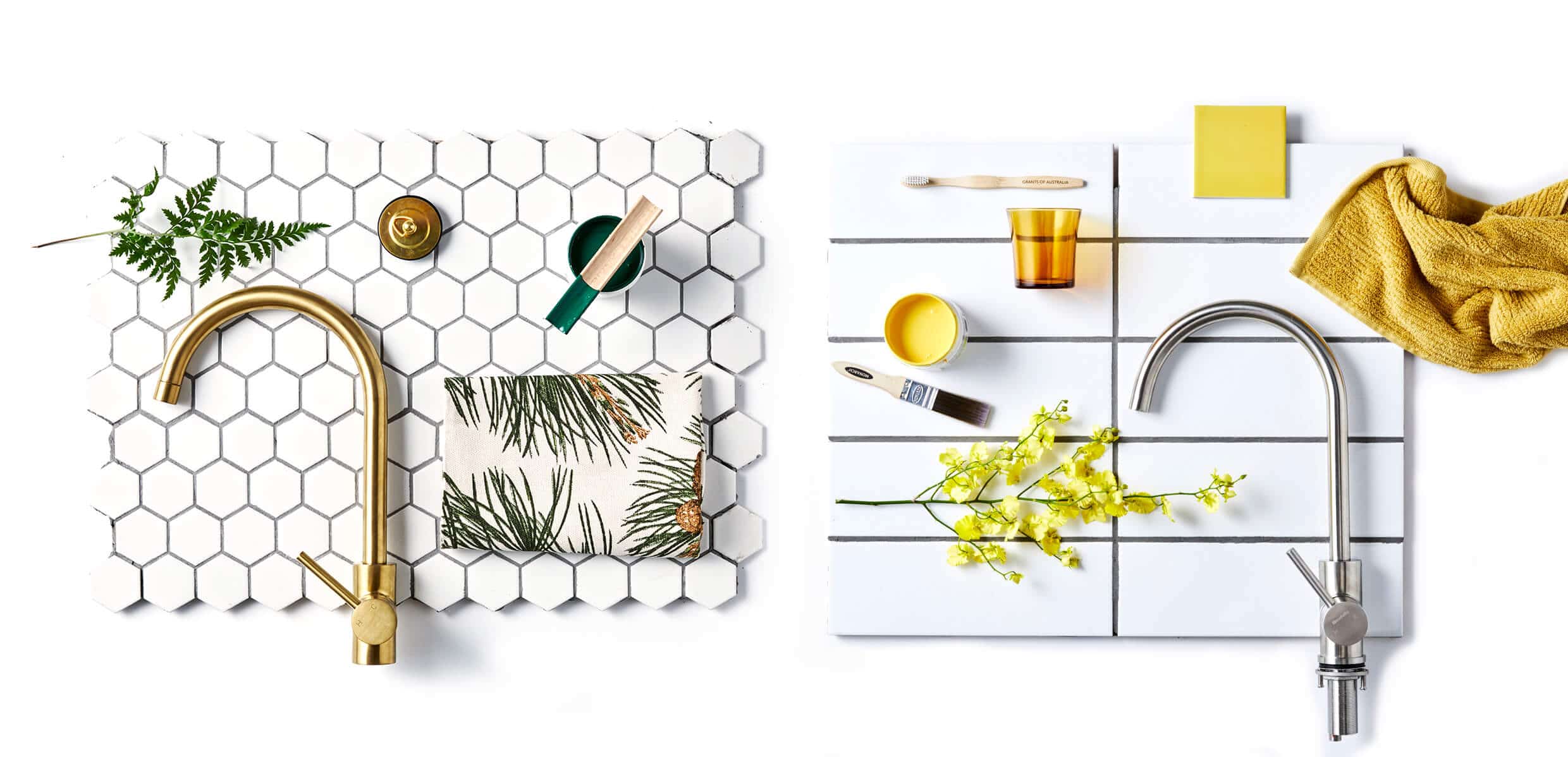Picture this: a seamless white background, and in the centre, a gorgeous gemstone necklace or a pair of sparkling diamond earrings. Clean and minimalist as it is, it’s not exactly a simple shot to pull off. Jewellery photography can be tricky, but with tips and techniques from professional photographers, you can create eye-catching pictures that attract customers and encourage sales.
How to photograph jewellery? We’ve got you covered with this article.
Tips on how to photograph jewellery
Camera equipment.
Besides a good camera, you will want a tripod and a macro lens to produce stable, focused photographs.
Lighting.
Your jewellery photography lighting setup is one of the key points to pulling off the perfect shot. What’s important is to create a soft light, and this can be achieved by diffusing light with perspex, or a soft box. This light can be a flash or continuous. If you don’t have these, you could try to sync up your off camera flash with an extension lead or trigger to allow you to move the light source around to create the desired look.
Reflections.
From sleek watches and bracelets to glitzy necklaces and rings, these items pose a challenge to photographers: shiny, reflective surfaces. Some tips on eliminating reflections:
- Use a ring light: this equipment lights the rim of the subject. Use a ring light only if you want a strong sparkle, these are normally used for portraits but can give a punchy online look to products too.
- Place paper around and at the bottom of your lens: or cut a hole in a white cardboard just big enough for you to be able to see through your lens. This will minimise the camera being seen in all the reflections of the jewellery and will bounce light back towards the subject.
- Use a diffused overhead light on each side of the setup: this gives enough lighting without producing reflective spots.
It’s also worth noting that managing reflections requires proper lighting; it’s best to invest and be mindful of your light sources and their placement. Also, it’s important to always wear white gloves whilst working with jewellery, which reduces finger marks and clean up time.
Photography Settings.
Jewellery photography requires magnification to highlight the subject’s intricate details. Settings for a jewellery product image would be:
- Focus mode: For better focus, use one-shot mode
- ISO: With a tripod, you can use a lower ISO number
- Shutter speed: Likewise, using a tripod can have you use slower shutter speed to reduce noise. If using flash you will need to sync at the flash speed which is 1/125 or 1/160 depending on your camera.
- Aperture: Higher magnification is a must to bring out the jewellery’s intricate details — f/8 is recommended for a deeper depth of field. However, if you’re doing a more detailed shot, a shallow depth of field can be used to focus on the single detail you want to emphasise.
- White balance: Adjust your camera’s white balance manually until the jewellery in your photos have accurate colours. Alternatively, you can shoot in RAW and adjust the white balance in post-processing.
Background.
Product pictures of fashion accessories and jewellery typically have a seamless solid colour background: white, commonly and preferably. Because the subject is reflective, a white backdrop is preferable to avoid altering the colour of the jewellery. White also reflects light, so your product will be better lit in the photograph.
How to photograph jewellery on white background? Seamless white paper and a lightbox will do the trick. Post-editing can also help you achieve the pure white colour for the image.

Shine bright with high-quality imagery
When it’s time to focus on expanding your business, leave the marketing side to the professionals. Our creative geniuses and skilled photographers at JAM Photographic can help add some sparkle to your brand with professional-grade product photographs. If you need expert eCommerce photographers to make your jewellery photography ideas come to life, you can contact us today.




